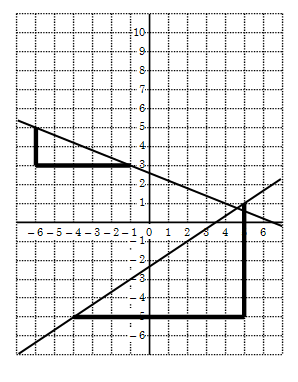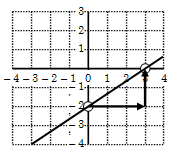| << Chapter < Page | Chapter >> Page > |
6 x + 2 y – 1 = 0 Keep the term in y on the left; move the other two to the right.
2 y = –6 x + 1 Now make the coefficient of y = 1 by dividing all the terms by 2 .
y = –3 x + ½ This the standard form.
Here m = –3 and c = ½.
1.1 2 x + y = 3
1.2 3 y – 9 = 6 x
1.3 3 x = 6 y
1.4 2 y – 8 = 0

2 Understanding the gradient.
Previously we mentioned that the steepness of a graph can be calculated – this is very easy if the graph is a straight line, because it is equally steep everywhere – we say that the gradient of a straight-line graph remains constant.
Study the values of m in the six graphs in the previous exercise
If your work is correct, you will have noticed that the graphs slope up to the right where m is positive, and the graphs slope down to the right where m is negative.
In other word, m tells us about the gradient. (What do you think happens in y = 4, the odd one out?)
2.1 Now go back to the previous six graphs and do the same so that you can confirm that the m in the equation agrees with the gradient you calculate from the graph itself. Also notice how the size of m tells you how steep the graph is.
3 Finding out where the graph cuts the y –axis (called the y –intercept):

(a)
The y-intercept is –2, marked on the y-axis with a circle. The gradient is , so we move from the circle three units to the right, and then 2 units up (not down – the gradient is positive). Another circle marks the spot we end up at. And now we draw the straight line through these two spots.

Notification Switch
Would you like to follow the 'Mathematics grade 9' conversation and receive update notifications?